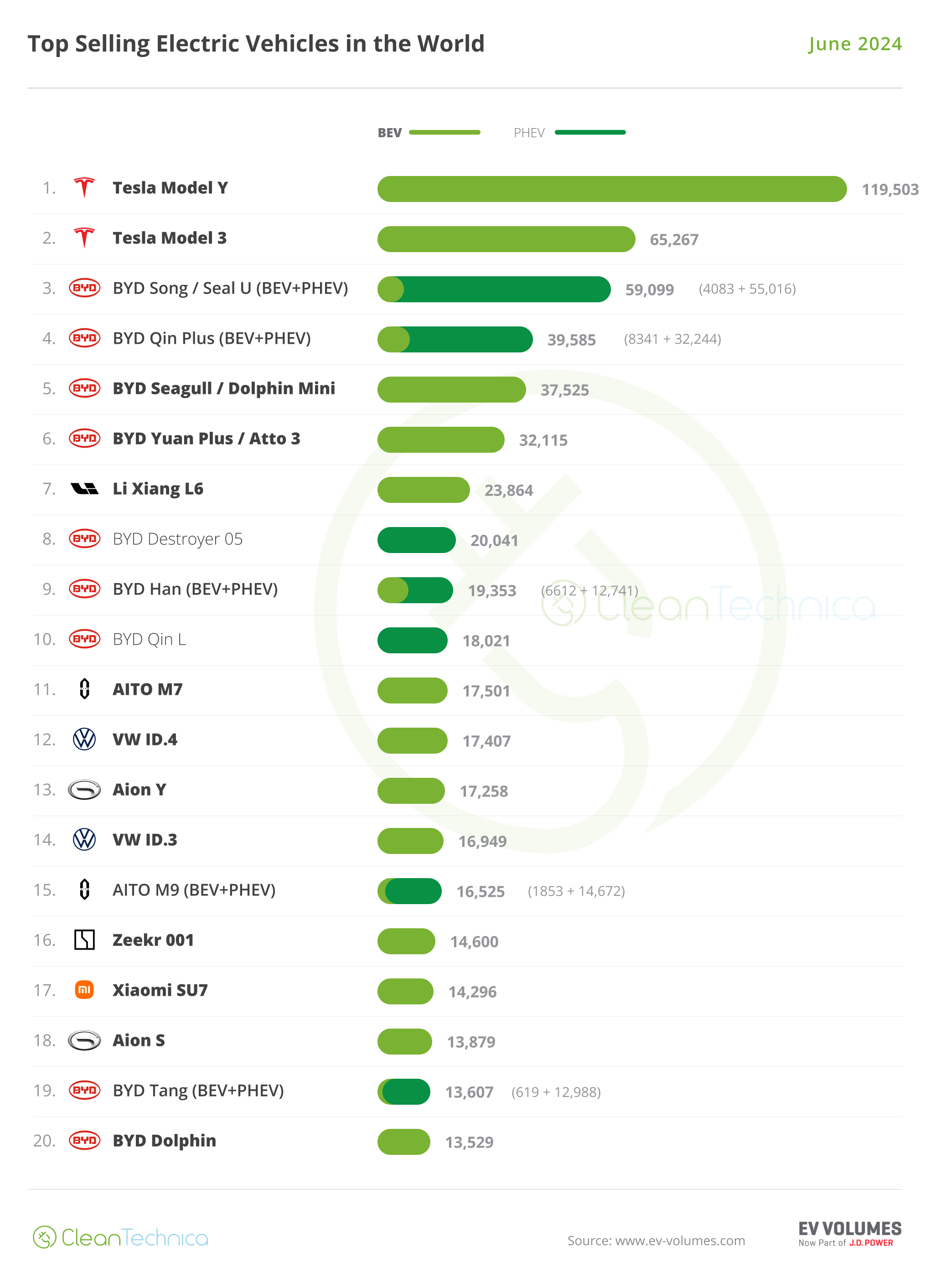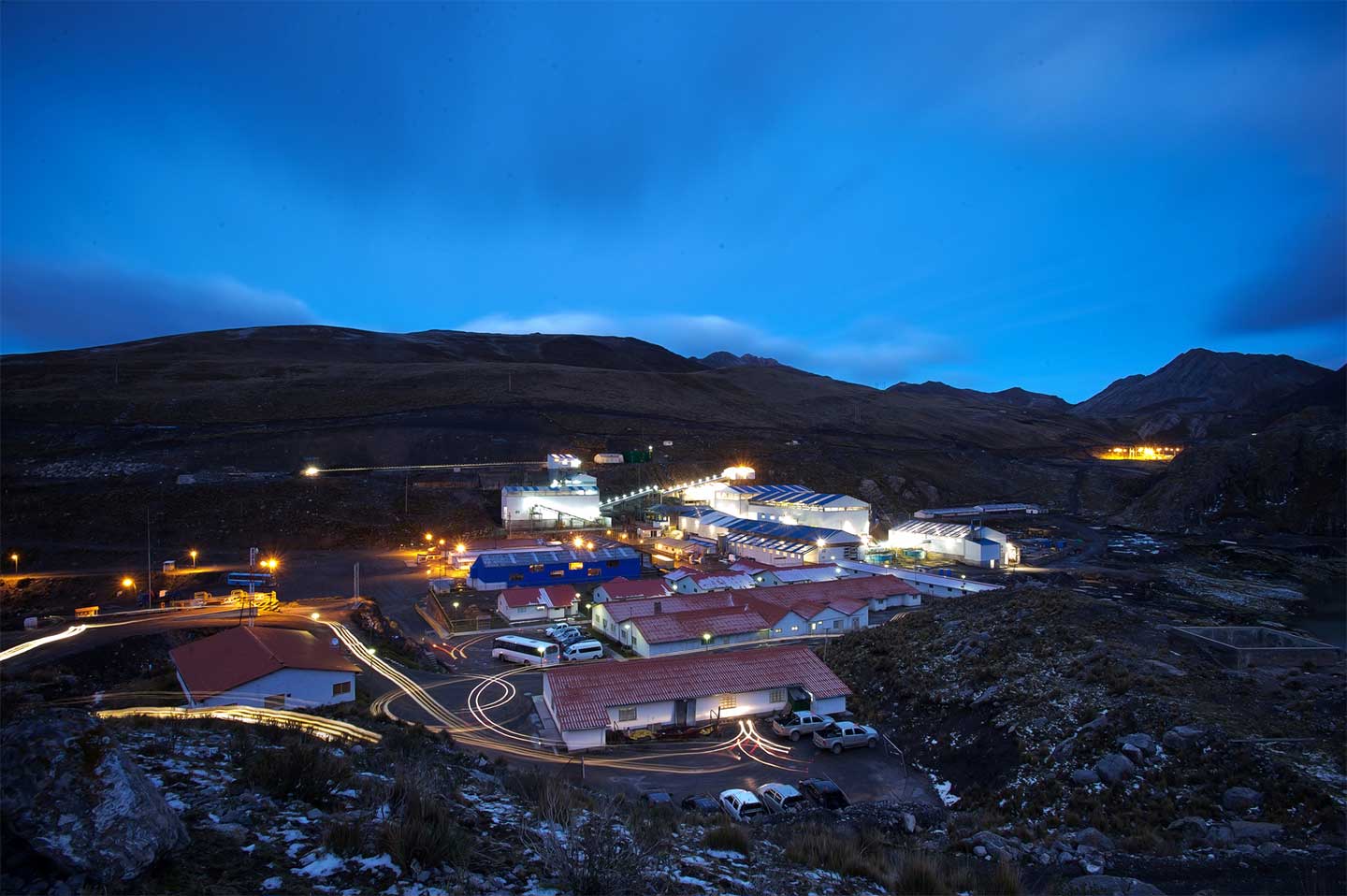Kal Tire explains how technology, automation and a team of experts can enhance tyre inspections to deliver a new level of safety, performance and fleet productivity.
Like any equipment on a mine, haul truck tyres need regular inspection and maintenance to keep them moving.
But the sheer size of these tyres can make manual inspection challenging and can lead to weak points being overlooked. This in turn can lead to production downtime and potential safety issues.
Seeing this problem required a smart solution, Kal Tire developed TireSight, a system made up of multiple components, including thermal imaging and artificial intelligence-based software from Pitcrew AI.
TireSight also includes other data such as a tyre pressure monitoring system; all of this is then filtered and validated by a condition monitoring team to prioritise service work and pinpoint potential tyre problems before they arise.
“The main reason regular tyre inspections are done is to monitor the ongoing condition of the tyres,” Kal Tire Australia managing director Miles Rigney told Australian Mining.
“If you think about what the tyres are subjected to each day, it’s not uncommon for them to become damaged. So first and foremost, we’re looking at the tyres to make sure they are in a safe operating condition.”
According to Rigney, there are many challenges associated with manually inspecting tyres.
“Manual inspections are carried out by qualified and experienced tyre service people who visually inspect the tyre and wheel assembly while the truck is parked,” he said.
“But these tyres are massive, so they’re only seeing about 50 per cent of the tyre at any given time. The vehicles are also unloaded when these inspections happen, meaning inspectors can’t see how additional weight is impacting the tyres.”
Humans also don’t have the advantage of thermal vision, which is useful to see exactly which parts of the tyre are under the most stress.
“TireSight brings together a number of technologies and processes,” Rigney said. “This is then fed into Kal Tire’s Tire & Operations Management System, or TOMS, to show a team of condition monitoring analysts a real-time view of the tyre being inspected.”
To inspect a tyre using TireSight, operators simply need to drive past the camera, which is positioned in a targeted location with good visibility. The camera can also be easily moved to ensure the best possible view of the tyres.
“Once the truck approaches the camera, it captures the front tyres first, recording two to three complete revolutions of the tyres,” Rigney said.
“As the truck drives past, the camera does the same with the back tyres and the AI components in the system analyse the images to find any anomalies.”
The information is then fed into TOMS to provide additional analytics and identify potential issues to servicers.
“The real value of TireSight comes from giving the information back to the on-site service team with a hit list of priorities,” Rigney said.
“The system will prioritise any issues so the team can see exactly what they need to look at first to ensure the vehicle is operating safely.”
While TireSight doesn’t do away with manual inspections entirely, Rigney explained how the two can work in tandem to benefit a mine.
“TireSight gives manual inspections a higher degree of efficiency,” he said. “With TireSight, manual inspections can now be targeted to the identified and prioritised issue.”
As with all of Kal Tire’s solutions, TireSight is about putting the customer’s needs first.
“A lot of work goes on before the camera even gets deployed,” Rigney said. “We discuss with the customer what they’re looking for and what they want to know about their tyres.
“Then we establish TOMS on-site and we write site-specific rules into it. That way the system gives the customer the information they want.”
While the technology may sound complicated, Rigney said that at its core, TireSight is a simple solution.
“The primary benefit that TireSight brings to an operation is that it enables the customer to keep the trucks running safely, while maximising the productivity of their site,” he said.
This feature appeared in the July 2024 issue of Australian Mining.




